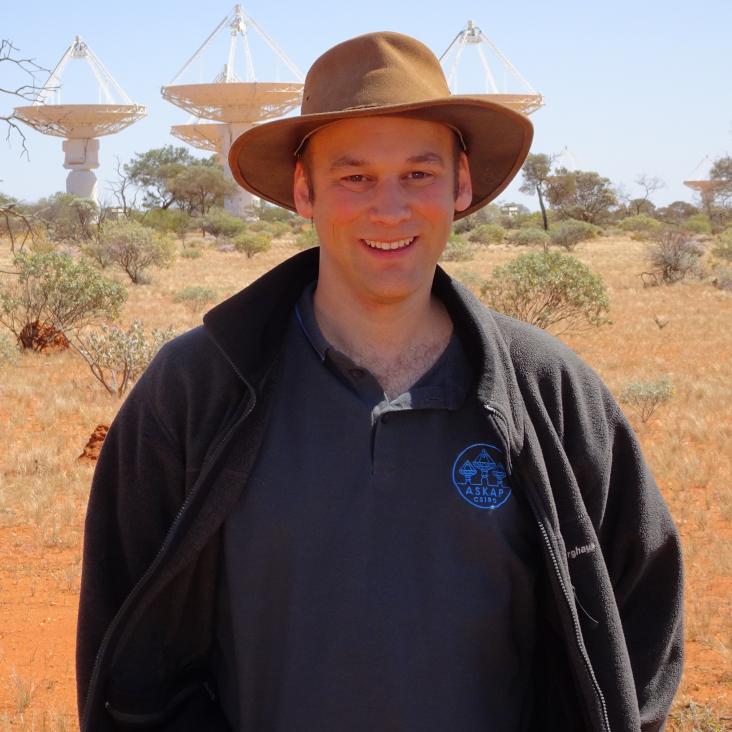The performance and calibration of the CRAFT fly’s eye fast radio burst survey
Publications of the Astronomical Society of Australia Cambridge University Press 36 (2019) e009
Abstract:
The Commensal Real-time Australian Square Kilometre Array Pathfinder Fast Transients survey is the first extensive astronomical survey using phased array feeds. Since January 2017, it has been searching for fast radio bursts in fly’s eye mode. Here, we present a calculation of the sensitivity and total exposure of the survey that detected the first 20 of these bursts, using the pulsars B1641-45 and B0833-45 as calibrators. The beamshape, antenna-dependent system noise, and the effects of radio-frequency interference and fluctuations during commissioning are quantified. Effective survey exposures and sensitivities are calculated as a function of the source counts distribution. Statistical ‘stat’ and systematics ‘sys’ effects are treated separately. The implied fast radio burst rate is significantly lower than the 37 sky−1 day−1 calculated using nominal exposures and sensitivities for this same sample by Shannon et al. (2018). At the Euclidean (best-fit) power-law index of −1.5 (−2.2), the rate is (sys) ± 3.6 (stat) sky−1 day−1 ( (sys) ± 2.8 (stat) sky−1 day−1) above a threshold of 56.6 ± 6.6(sys) Jy ms (40.4 ± 1.2(sys) Jy ms). This strongly suggests that these calculations be performed for other FRB-hunting experiments, allowing meaningful comparisons to be made between them.WALLABY early science – I. The NGC 7162 galaxy group
Monthly Notices of the Royal Astronomical Society Oxford University Press (OUP) 482:3 (2019) 3591-3608
WALLABY Early Science - II. The NGC 7232 galaxy group
Monthly Notices of the Royal Astronomical Society Oxford University Press (OUP) (2019)
Cold gas outflows from the Small Magellanic Cloud traced with ASKAP
NATURE ASTRONOMY 2:11 (2018) 901-906
PKS B1740$\mathbf {-}$517: An ALMA view of the cold gas feeding a distant interacting young radio galaxy
Monthly Notices of the Royal Astronomical Society Oxford University Press (OUP) (2018)


